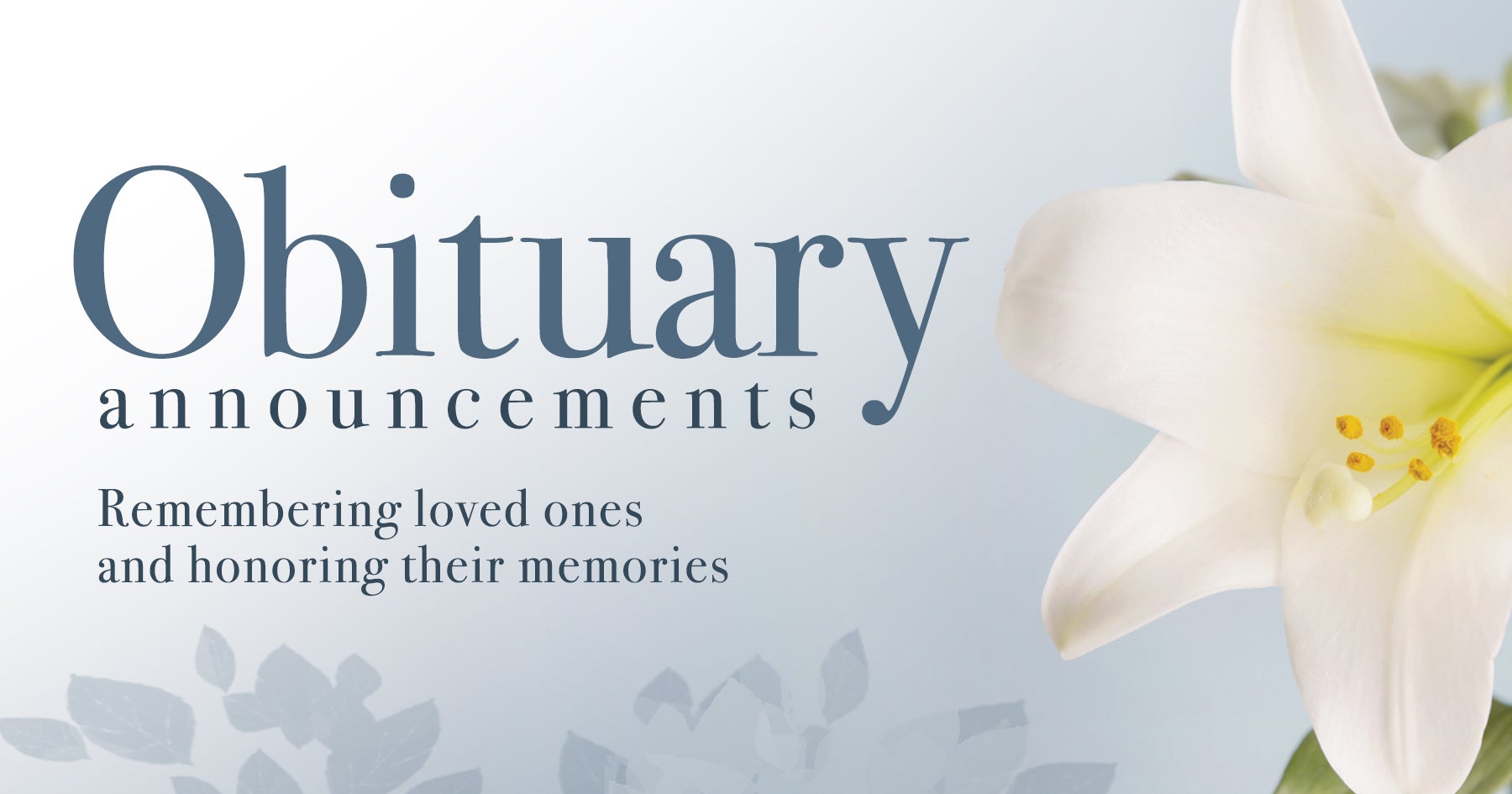FDA students learn about 9-11
Published 2:50 pm Friday, September 12, 2014
Sept. 11 is a day etched in the memory of many Americans.
That’s not the case for today’s high school students, who would have been no older than five when the attacks on the World Trade Center and the Pentagon took place.
It is an event they will experience through reading a chapter in a U.S. history textbook.
On Thursday, the 13th anniversary of the attack, students at Fort Dale Academy had the chance to see and hear from a number of individuals who vividly recalled that historic day in 2001 thanks to a video produced by Carole Teague, curriculum advisor, along with Jan Lowery, director of instructional technology, and Pat Skipper, computer teacher.
Keith Ellis, Lowery’s father, was a volunteer mental health worker with the American Red Cross. Following the attack, he spent time in Staten Island counseling victims, firefighters and police officers.
“I remember working with one woman who told the story of how she had gone to work that day riding in on the train as she always had,” Ellis said. “Except this day would be different. She noticed right before she got downtown in New York that there was smoke coming from one of the floors on the twin towers. Just as she noticed the smoke, the train went into a tunnel. Coincidentally she had been talking on the phone with her finance who was back at her apartment trying to get her son ready to go off to school for the day. He was watching the television to see what was going on. Once they lost cell phone contact he saw the second plane hit the second tower. They were out of communications for 20 to 30 minutes. In fact the train was stopped underground and wasn’t able to move. When they finally were able to move and the train came out on the other side, she noticed people jumping from the twin towers to their deaths. It was pandemonium. She said a construction worker came and pushed her head down and said, ‘You don’t want to see this.’” She was a runner. And she like everybody else tried to get away. She heard the buildings come down and like everyone else she and her companions in terror were covered in that ash that so many pictures have shown. It filled the streets. It filled their nostrils. It filled their lungs. Still trying to get away they ran down until they came up against a fence. She was ready to climb the fence and jump into the water and swim to the other side just to find safety. But she wasn’t able to do that because, as someone pointed out to her, she’d never make it because of all the dust that had caked her mouth and her nose, and even into her lungs. It wasn’t long until they saw a ferry come by. They jumped into the water and the ferry pulled everyone inside the boat. On the other side they were horrified by the cameras that were everywhere wanting to know what was going on and how they felt. Finally she found someone she knew from her building and they walked off in silence. … I remember spending the day talking with her about her ordeal. That was just one day.”
Nathan Skipper, pastor Ebenezer East Baptist Church and a graduate of Fort Dale Academy, touched on the questions that were on the lips of nearly every American in the days, weeks and months following the attack. Why? What does this mean?
“We as Americans live in a very wealthy nation,” he said. “We have the benefit of a great healthcare system. We have the benefit of a great economy. We have the benefit of a great government. What we fail to recognize is that throughout the world there is daily tragedy going on. There is daily tragic loss of life because of the burdens of this world. But even still we see a tragedy like 9-11 and we wonder what are we to get out of it. If it does ultimately have a meaning, what is that meaning? And the meaning and the message in 9-11, I believe, is that we should live lives of sacrifice. Throughout the years we have heard story after story about sacrifices that were made on that day. People who went back into the building. People that left their homes to help. People that gave their money and their time because of their belief in love for neighbor. We live in a very selfish society. We live in a consumer-oriented society. But on that day, we stopped for just a moment. We stopped for a week or two or three to be more than ourselves — to love more than ourselves.”
The students also learned the story of Welles Crowther, an equities trader and volunteer firefighter, credited with saving at least 12 people during the attack on the World Trade Centers.
Crowther, became known as “The Man in the Red Bandanna,” for bandana he wore across his face as protection from the smoke and debris that filled the air.
Following the attack, eyewitnesses reported that, after the plane had hit into the Sky Lobby, a man suddenly appeared “out of nowhere.” He was wearing a red bandanna to cover his nose and mouth.
The man organized a rescue effort on the floors high above where the official rescue workers were able to reach. He called for fire extinguishers, he found and directed dazed and confused victims to the only stairwell that was open for escape, and he carried a woman down to the 61st floor, then returned to the 78th floor to rescue more people. He turned back up once again after bringing the second group of survivors down.
Later witnesses confirmed that Welles Crowther was the “The man in the Red Bandanna” who helped to save their lives and others on September 11th.
Crowther would not escape the tower.
Crowther’s body was found on March 19, 2002, alongside several firefighters and emergency workers bunched in a suspected command post in the South Tower lobby.
It is believed that Crowther, along with the firefighters, were on their way back up the tower to rescue victims trapped in the debris.
To honor Crowther, and to serve as a reminder of the tragic day in U.S. history, students were presented with a red bandana.
“I hope his faith, courage and hope will inspire our students,” Teague said.
Fort Dale Academy senior Tyler Gibson called the program an “eye opener.”
“Many only knew of the tragedy, but not of the heroes or the impact it had on others,” he said. “ Although many people knew their lives were at stake, they spent their last few moments not calling relatives, but assisting others so they could go home to see their families. These bold acts of heroism show that even in times of distress, the desire to help is there all the same. I personally believe there is what all people should strive for. Small acts of assisting someone can go a long way. Other survivors in the towers, or just the citizens of New York knew that this could have been them. It’s a scary thought to think about your last moments. But the scariest part is how would you spend your last moments? Would you do something to make a change, or turn the blind eye?”
Fellow senior Kathryn McGowin said the program served as a reminder for her of the darkest days in U.S. history.
“I remember when it happened, and I hope there will never be a more horrible event in my lifetime,” she said. “The program reminded me that we should never forget all the lives that were lost that day, and we should be grateful for what we have.”





